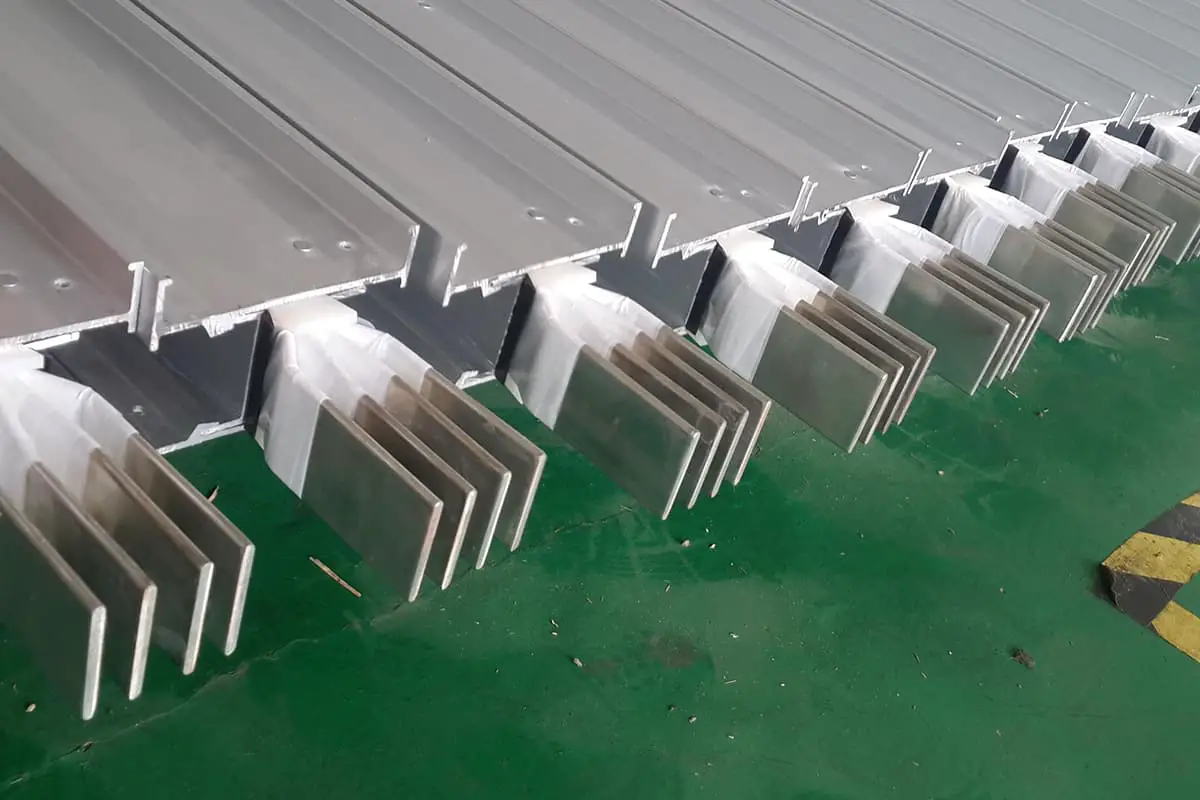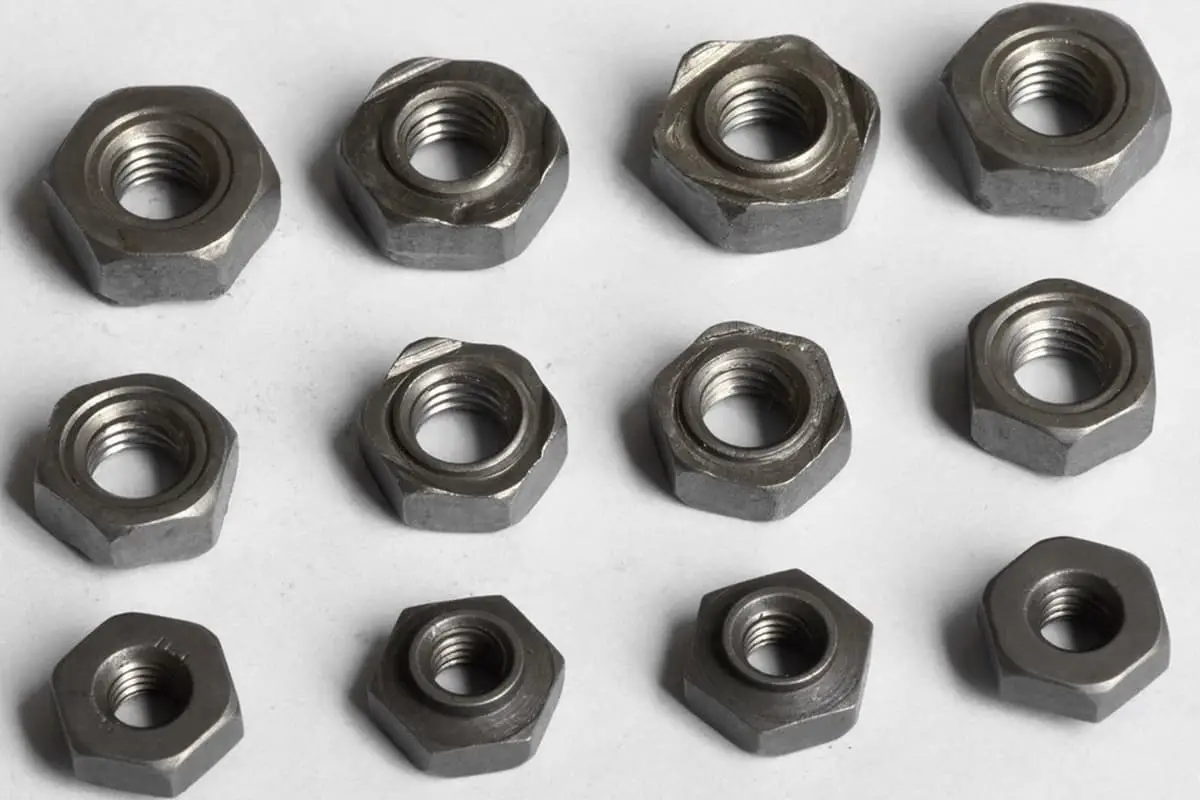
What makes busbars crucial in electrical systems? Busbars, key components in substations and distribution systems, efficiently transmit electrical energy. This article explores their function, various types like rectangular and tubular, and their importance in ensuring safe and economical operations. Readers will learn about material selection, structural categorization, and practical applications of busbars in modern electrical engineering.

The busbar is used in the connection of voltage distribution devices at various levels in the substation, as well as the connection of electrical equipment such as transformers and respective distribution devices.
It is typically a bare wire or strand with a rectangular or circular cross-section. The function of a busbar is to collect, distribute, and transmit electrical energy.
As a large amount of electrical energy passes through the busbar during operation, it endures significant heating and electromagnetic effects during short circuits.

Therefore, it is essential to appropriately select the busbar material, cross-sectional shape, and area to meet the requirements of safe and economical operation.
Busbars are categorized by structure into hard and soft busbars. Hard busbars are further divided into rectangular and tubular busbars.
Rectangular busbars are generally used from the main transformer to within the power distribution room. They are advantageous due to their easy installation, minimal operational changes, large current carrying capability, but they tend to be more expensive.
Soft busbars are used outdoors, where large spaces ensure that wire swinging will not result in insufficient interline spacing. Soft busbars are easy to install and relatively inexpensive.
In recent years, for busbars over 35kV in substation design, tubular busbars made of aluminum alloy materials are used.
This type of busbar structure can reduce the distance between busbars, provide clear wiring, reduce maintenance, but the busbar fixing hardware is somewhat complex.
When current passes through the busbar, it generates heat. The amount of heat is directly proportional to the square of the current passing through the busbar. The thermal expansion and contraction of the hard busbar can pose dangerous stress on the busbar insulator. The installation of a busbar compensator can effectively mitigate this stress.
The compensator can be made from 0.2 to 0.5mm copper or aluminum sheets (for aluminum busbars), and its total cross-section should not be less than 1.2 times that of the original busbar.
The compensator should not have cracks, folds, or fragmentation, and the oxide layer should be removed between each piece. Aluminum sheets should be coated with neutral Vaseline or composite grease, and copper sheets should be tinned.
If the busbar’s clamp is made of ferrous material, it will form a closed magnetic circuit. Under the action of alternating current, an induced current, or eddy current, will be generated in the closed circuit, causing localized heating of the busbar and increasing energy loss.
The larger the busbar current, the more severe the effect. Therefore, the busbar’s clamp should not form a closed magnetic circuit.
The following measures should be adopted at the busbar fixation clamps:
1) One of the two clamps can be made of iron, while the other is made of aluminum or copper.
2) When both clamps are made of iron, one of the two fastening bolts should be made of iron, and the other one should be copper.
3) Iron materials can be used to make open clamps to fix the busbar.
Given the length of overhead lines and their distribution across different regions, lightning accidents are relatively common (accounting for over 90% of power grid lightning accidents).
Therefore, strict and comprehensive overvoltage protection measures should be taken for high-voltage overhead lines, mainly including the following:
1) Direct lightning strike prevention measures, such as the installation of lightning rods, the use of lightning arresters in some areas, and the use of protective gaps.
2) Protection against backflashovers: When a pole top or lightning conductor is struck by lightning, due to the pole tower inductance and grounding resistance, the lightning current may cause the pole tower’s potential to reach a value that causes a backflashover (flashover discharge) on the line.
Commonly, measures such as reducing grounding resistance, strengthening insulation, and increasing the coupling coefficient can be adopted for protection.
3) Protection against the occurrence of steady-state power frequency arcs: After the line insulation experiences an impulse flashover, as long as a steady power frequency short circuit arc does not occur, the line will not trip.
Therefore, measures such as reducing the potential gradient on the insulation, ungrounded neutral or grounding through an arc suppression coil should be employed, so that most impulse flashover arcs disappear on their own, without causing a power frequency short circuit.
4) Protection against power supply interruption, such as implementing automatic reclosing as a remedial protective measure.
The lightning protection requirements for the 10kV line pole circuit breakers are as follows:
(1) Metal-oxide surge arresters, valve type arresters, tube type arresters or protective gaps should be installed for protection.
(2) For pole-mounted circuit breakers that are frequently switched off yet remain energized, surge arresters should be installed on the live side. The grounding wire should be connected to the metal casing of the pole-mounted circuit breaker, and the grounding resistance must not exceed 10Ω.
(3) For circuit breakers that are frequently closed, surge arresters should only be installed on the power supply side; for circuit breakers of interconnecting lines that are frequently switched off, surge arresters should be installed on both sides of the breaker.
(4) Surge arresters should be installed as close as possible to the protected circuit breaker.
The insulation strength of distribution lines below 10kV is generally not high.
If overhead ground wires are installed on such lines and lightning strikes the wires, it can easily initiate a “counterattack” to the distribution line from its grounding lead, not only failing to provide lightning protection but also causing lightning damage.
Moreover, the cost of installing overhead ground wires is substantial, which is why they are generally not installed on distribution lines.








